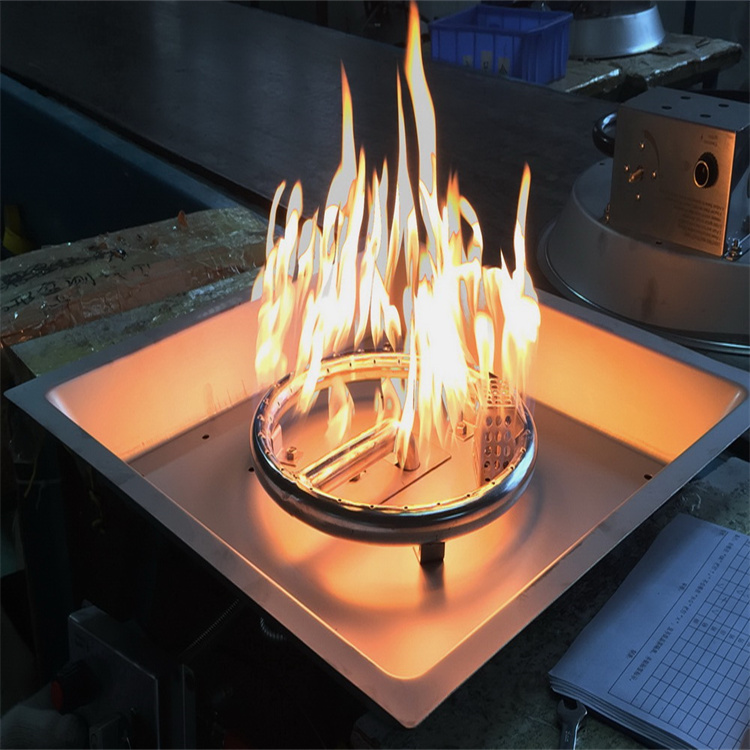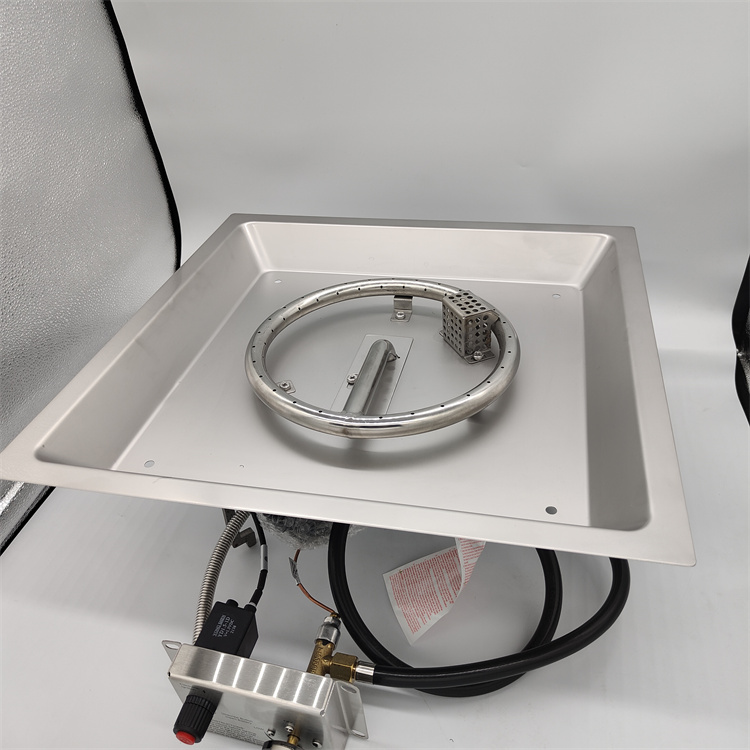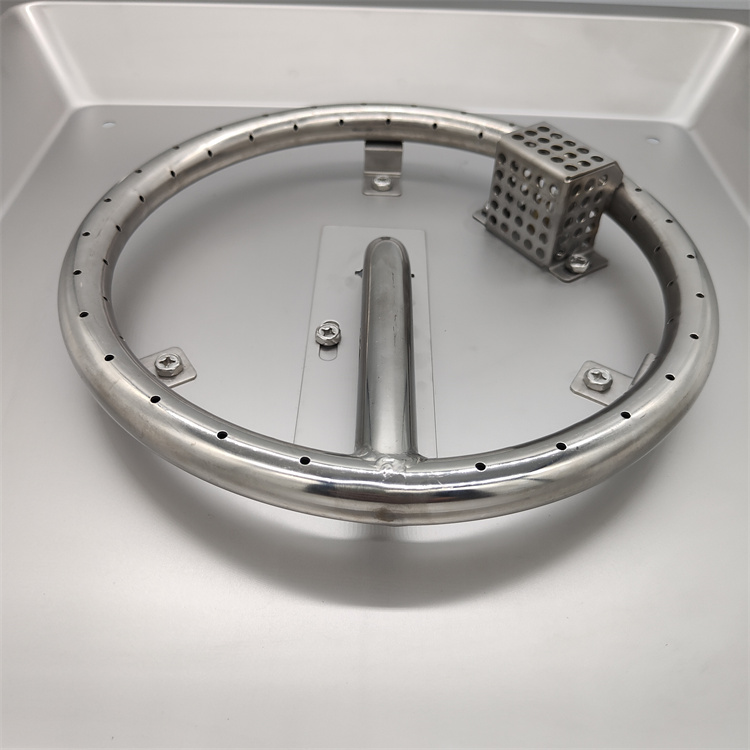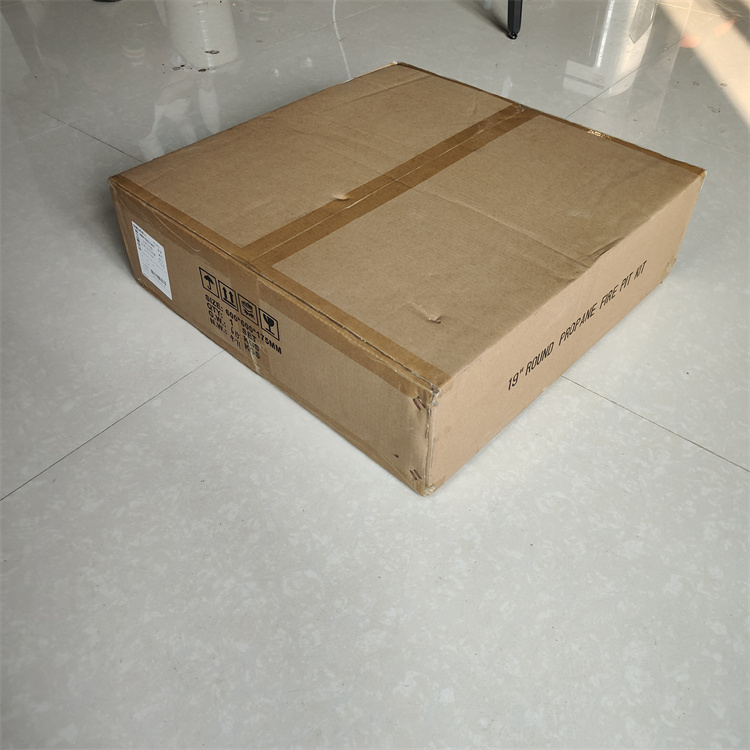What is a spectrometer? The interaction of light and matter causes the electronic transition between the energy levels of atoms and molecules inside the matter, causing the absorption, emission, and scattering of light by the matter to change in wavelength and intensity information, and detecting and processing such changes The instrument is called a spectrometer. Therefore, the basic function of the spectrometer is to separate / expand the polychromatic light at different wavelengths in space, and cooperate with various optoelectronic instrument accessories to obtain the original information such as the wavelength component and the intensity of each wavelength component for subsequent processing and analysis.
As an important analytical method, the spectral analysis method plays a great role in scientific research, production, quality control and other aspects. Whether it is penetration absorption spectrum, fluorescence spectrum, Raman spectrum, how to obtain single wavelength radiation is an indispensable means. Because modern monochromator can have a wide spectral range (UV-IR), high spectral resolution (to 0.001nm), automatic wavelength scanning, complete computer control functions are easily integrated with other peripheral equipment into a high-performance automatic test system , Using a computer to automatically scan a multi-grating monochromator has become the first choice for spectroscopic research.
When a composite light beam enters the entrance slit of the monochromator, it is first condensed into parallel light by the optical collimator, and then dispersed into separate wavelengths (colors) by the diffraction grating. The angle at which each wavelength leaves the grating is different, and the exit slit is imaged by the focusing mirror. The exit wavelength can be accurately changed by computer control.

â— Important parameters of grating monochromator:
â—† Resolution
The resolution R of the grating monochromator is a measure of the ability to separate two adjacent spectral lines. According to the Roland criterion:
R = λ / Δλ
A practical definition in a grating spectrometer is to measure the full width at half maximum (FWHM) of a single spectral line. In fact, the resolution depends on the resolving power of the grating, the effective focal length of the system, the set slit width, the optical aberration of the system, and other parameters.
R∠M · F / W
M- grating line number F- spectrometer focal length W- slit width
â—† Dispersion
The dispersion of the grating spectrometer determines its ability to separate wavelengths. The inverted dispersion of the spectrometer can be calculated as follows: changing the distance χ along the focal plane of the monochromator causes a change in the wavelength λ, namely:
Δλ / Δχ = dcosβ / mF
Here, d, β, and F are the pitch of the grating groove, the diffraction angle, and the effective focal length of the system, and m is the diffraction order. It can be seen from the equation that the inverted dispersion is not a constant, it changes with the wavelength. In the wavelength range used, the change may exceed 2 times. According to the national standard, in this sample, the inverted dispersion at the intermediate value of the 1200 l / mm grating dispersion (typically 435.8 nm) is used.
â—† Bandwidth
The bandwidth is the width of the wavelength output from the spectrometer at a given wavelength, ignoring optical aberrations, diffraction, scanning methods, detector pixel width, slit height, and illumination uniformity. It is the product of inverted dispersion and slit width. For example, if the slit of the monochromator is 0.2 mm and the grating reverse dispersion is 2.7 nm / mm, then the bandwidth is 2.7 × 0.2 = 0.54 nm.
â—† Wavelength accuracy, repeatability and accuracy
The wavelength accuracy is the scale level of the spectrometer to determine the wavelength, and the unit is nm. Generally, the wavelength accuracy varies with the wavelength.
Wavelength repeatability is the ability of the spectrometer to return to the original wavelength. This reflects the stability of the wavelength-driven machinery and the entire instrument.
Zhuo Li Hanguang's spectrometer has excellent wavelength drive and mechanical stability, and its repeatability exceeds the wavelength accuracy.
Wavelength accuracy is the difference between the set wavelength of the spectrometer and the actual wavelength. Each monochromator checks wavelength accuracy at many wavelengths.
â—† F / #
F / # is defined as the ratio of the focal length (f) to the minimum clear aperture (D) of the effective optical element in the spectrometer. The light passing efficiency is inversely proportional to the square of F / #. The smaller the F / #, the higher the light passing rate.
About grating
Grating as an important spectroscopic device, its choice and performance directly affect the performance of the entire system.
The grating is divided into scribing grating, copy grating, holographic grating, etc. The scoring grating is mechanically scribed on a thin metal surface with a diamond scoring knife; the replica grating is made using a master grating. The grooves for typical gratings and replica gratings are triangular. The holographic grating is made by laser interference fringe lithography. Holographic gratings usually include sinusoidal grooves. The scoring grating has the characteristics of high diffraction efficiency, the holographic grating has a wide spectral range, low stray light, and can achieve high spectral resolution.
â—† How to choose grating
The selection of grating mainly considers the following factors:
1. Grating reticle, the number of grating reticle is directly related to the spectral resolution, the multi-spectral resolution of the reticle is high, and the spectral coverage is wide with few reticles.
2. The blaze wavelength. The blaze wavelength is the maximum diffraction efficiency point of the grating. Therefore, when choosing the grating, the blaze wavelength should be selected as close as possible to the wavelength required for the experiment. If the experiment is in the visible light range, the blaze wavelength can be selected as 500nm;
3. Scope of use,
3. Grating efficiency. Grating efficiency is the ratio of monochromatic light diffracted to a given order and incident monochromatic light. The higher the grating efficiency, the smaller the signal loss. In order to improve this efficiency, in addition to improving the production process of the grating, a special coating is also used to improve the reflection efficiency.
â—† Grating equation
Reflective diffraction gratings periodically scribe many fine grooves on the substrate. The interval of a series of parallel grooves is equivalent to the wavelength. The surface of the grating is coated with a high-reflectivity metal film. The interaction of the radiation reflected by the grating groove surface produces diffraction and interference. For a certain wavelength, it disappears in most directions and only appears in certain limited directions, which determine the diffraction order. As shown in Figure 1, the grating groove is perpendicular to the plane of incidence of radiation, the angle of incidence of the radiation and the normal of the grating is α, the diffraction angle is β, the diffraction order is m, d is the groove spacing, and the maximum interference is obtained under the following conditions Value: Mλ = d (sinα + sinβ)
Define φ as half of the angle between incident light and diffracted light, ie φ = (α-β) / 2; θ is the grating angle relative to the zero-order spectral position, ie θ = (α + β) / 2, which is more convenient The grating equation:
mλ = 2dcosφsinθ
It can be seen from the grating equation:
For a given direction β, there can be several wavelengths corresponding to the order m. Λ satisfies the grating equation. For example, 600nm first-order radiation, 300nm second-order radiation, and 200nm third-order radiation have the same diffraction angle, which is why it is necessary to add or eliminate the second-order spectral filter wheel.
The diffraction order m can be positive or negative.
Multiple wavelengths of the same order are distributed in different β.
If the radiation direction with multiple wavelengths is fixed, rotate the grating and change α, then different wavelengths will be obtained in the direction where α + β does not change.

â—† Comparison table of inverted dispersion and spectral bandwidth
Number of grating lines
(g / mm) Inverted dispersion (nm / mm, @ 435.8nm) Spectral bandwidth (nm, @ 100μm slit)
Omni-λ150Omni-λ300Omni-λ500Omni-λ750Omni-λ150Omni-λ300Omni-λ500Omni-λ750
24002.71.40.90.60.270.140.090.06
18003.61.81.10.70.360.180.110.07
12005.42.71.71.10.540.270.170.11
60010.85.43.42.21.080.540.340.22
30021.610.86.84.42.161.080.680.44
â—† Comparison table of grating model specifications
Model grating score (g / mm) Blaze wavelength (nm) Grating specifications (mm × mm) Use range (nm)
For Omni-λ150 series
5-180-H1800-32x32UV
5-120-300120030032x32200-600
5-120-500120050032x32330-1000
5-060-50060050032x32330-1000
5-060-75060075032x32500-1500
5-030-50030050032x32330-1000
5-030-1250300125032x32800-2500
For Omni-λ300 / 500/750 series
1-240-H2400-68x68UV
1-180-H1800-68x68UV
1-120-300120030068x68200-600
1-120-500120050068x68330-1000
1-060-30060030068x68200-600
1-060-50060050068x68330-1000
1-060-75060075068x68500-1500
1-060-1250600125068x68800-2500
1-030-50030050068x68330-1000
1-030-1250300125068x68800-2500
1-030-1800300180068x681200-3600
1-030-3000300300068x682000-6000
1-006-D66.63140 & 1025068x683000-25000
Other specifications grating
3-120-300120030038x50200-600
3-120-500120050038x50330-1000
3-060-1000600100038x50660-2000
3-030-1250300125038x50800-2500
3-015-50015050038x50330-1000
3-060-75060075038x50500-1500
6-120-500120050030x30330-1000
7-060-50060050018x18330-1000
â—† Typical grating efficiency curve

HNJBL top-of-the-line Gas Fire Pit burners that will provide an excellent fire source for your picturesque outdoor firepit or your comfy indoor home Fireplace. The stainless steel Fire Pit Burner comes with multiple ignition options making it suitable for most environments.
Natural Gas or Propane? By choosing the HNJBL 480*480mm SS Drop-In ring- Fire Pit Burner System - Match Lit you receive the option of either gas type with a conversion kit provided.
With the HNJBL 480*480mm SS Drop-In H-Burner System - Match Lit there are options from size and shape to heat output. Choose based on your preference or allow for our helpful staff to assist you in the process. Buy today and notice the difference in your firing experience!
| Name |
Stainless Steel Propane Fire Pit Burner |
| Material | Stainless steel |
| Size | 800*800mm |
| Steel thickness | 2mm |
| Weight | 3.5KG |
| Packing | carton |



Packing
Packing will by carton and pallet

Square Fire Pit Burner,Square Log Burner,Square Fire Pit Burner Kit,Square Fire Pit Insert Kit
Henan Jinbailai Industrial Co.,Ltd , https://www.hnjblgrill.com